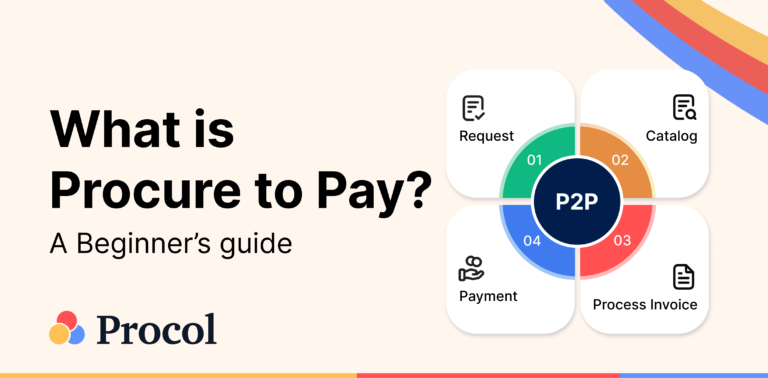What is Bill of materials (BOM)?
A bill of materials is a thorough description of the raw materials, parts, and instructions needed to build, produce, or fix a good or service. The finished product is often displayed at the top level of a bill of materials, while the individual materials and components are typically displayed at the bottom. Different bills of materials geared toward engineering, utilized in the design phase and manufacturing, and used in the assembly phase exist.
Understanding a Bill of Materials (BOM)
A centralized source of data used to build a product is a bill of materials (BOM). A BOM is created by manufacturers who produce things before assembly begins. It is a list of the materials required to make a product and directions on how to put the thing together.
To ensure that parts are accessible when required and that the assembly process is as efficient as possible, it is essential to create an accurate bill of materials (BOM). If the BOM is incorrect, production may stop. At the same time, missing parts are found, a new production order is started, or the proper assembly method is determined, which raises operational expenses.
The various bill of materials (BOM) formats relies on the project’s nature and the company’s demands. Engineering, design, operations, manufacturing, and other fields frequently use BOMs. A BOM is necessary to design enterprise resource planning (ERP) systems and materials need planning (MRP).
The part number, part name, quantity, unit of measurement, assembly references, method of construction, and supplementary notes are all included in a BOM.
Advantages of Bill of Materials (BOM)
A BOM improves the accuracy and effectiveness of the manufacturing process. It puts out a thorough strategy that is simple to implement. A BOM that is established aids businesses with the following parts of the manufacturing process:
- Plan your raw material purchases
- Monitor material requirements
- Estimate material prices
- Manage inventory
- Control costs
- Remain on schedule
- Keep records
- Determine the root reason for a product failure
- Identify software component vulnerabilities
- Strengthen supply chain security






















